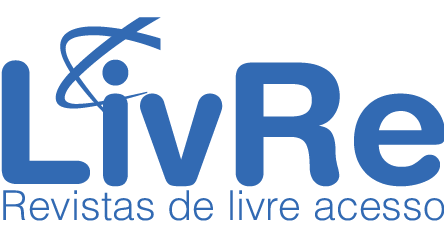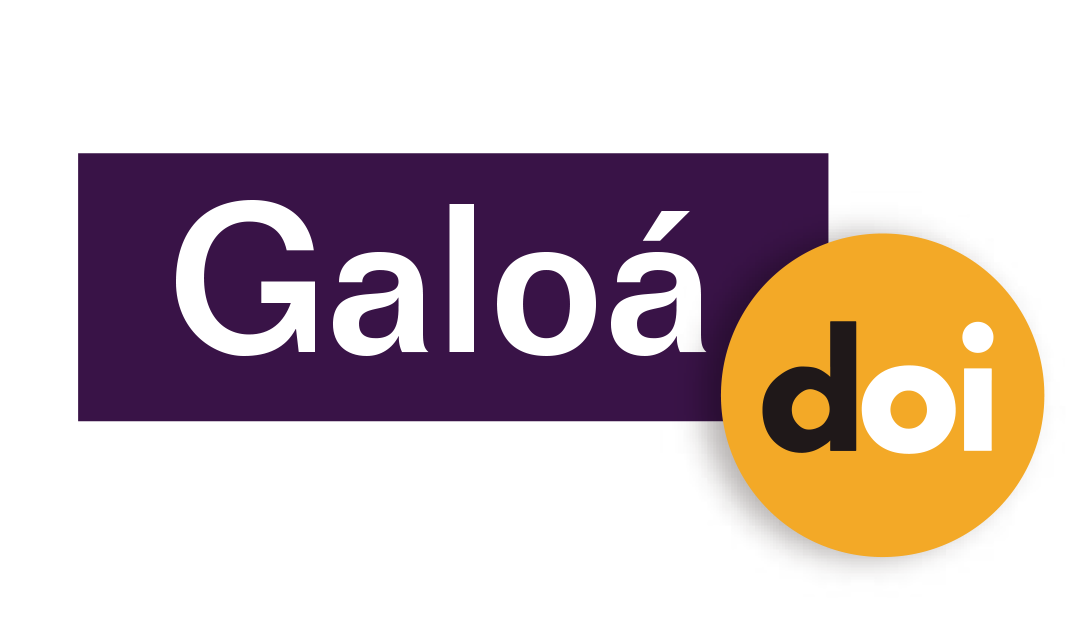Handwork and Geometry in the Early Years: Curricular Movements (1890-2020)
Resumo
Background: Research in the history of mathematics education makes it possible to identify the links between manual practices and the teaching of geometry in the early years since the insertion of the subject Handwork, at the end of the 19th century, to the present time. Objectives: Analyse the interconnections between manual practices and the teaching of geometry developed by the school culture of primary education in São Paulo, since the early Republic. Design: The curricular regulations of the state of São Paulo and the national guidelines – PCN and BNCC – and school manuals that circulated in each historical moment are mobilised together with the results of research already developed in the area. The documents were collated and analysed to produce an understandable and sustainable historical narrative, based on evidence and controls. Data collection and analysis: The study inventoried research results and analysed teaching programs in the State of São Paulo, national guidelines at the end of the 20th century, and school manuals from different periods. Setting and participants: The research sources are documentary, most of them available in the UFSC Digital Repository. Results: The documental examination indicated that manual practices actively participate in the school culture and cause changes, from time to time. Handwork change its status from a school subject to a geometry teaching methodology, intended for the early school years, which we observe to this day. Conclusions: This research concluded that the understanding of the historical perspective contributes to reflection on the current educational problems, on the debate about how to mobilise tools for geometry teaching, questioning the feasibility or not of handwork acting as an appropriate methodology for the first explorations of geometric properties.
Palavras-chave
State of São Paulo. Curricular regulations. Textbooks. Handwork
DOI: https://doi.org/10.17648/acta.scientiae.7126
Apontamentos
- Não há apontamentos.
Direitos autorais 2023 Alexsandra Camara, Maria Célia Leme da Silva, Claudia Regina Boen Frizzarini

Esta obra está licenciada sob uma licença Creative Commons Atribuição 4.0 Internacional.
ANÚNCIOS
Informamos que, a partir de outubro de 2024, a revista Acta Scientia volta a aceitar submissões de artigos para publicação.
Mais, informamos que sites fraudulentos, https://periodicos-ulbrabr.org e https://periodicos-ulbrabra.org, estiveram se passando pela Acta Scientiae, utilizando nosso nome e identidade visual e até solicitado taxas de APC, que nós não cobramos. Aconselhamos cautela para evitar serem enganados por sites semelhantes.
Conceito A2 na Capes(2021)
Índice h5 do Google Scholar: 13
Índice mediana h5 do Google Scholar:24
eISSN: 2178-7727
Indexações:
A Acta Scientiae é indexada em: | Scopus |  | Latindex |  | Edubase (SBU/UNICAMP) |
 | Sumarios.org |  | Google Scholar |  | Portal LivRe (CNEM) |
 | Journals for Free |  | REDIB |  | Galoá DOI |

Todos os trabalhos publicados aqui estão sob uma licença Creative Commons - Atribuição 4.0 Internacional.
